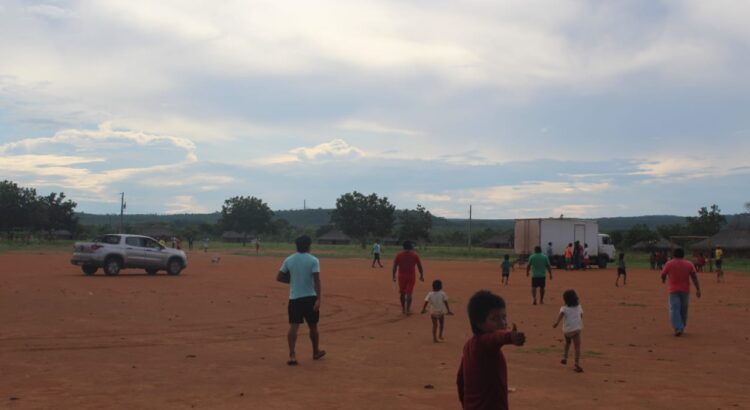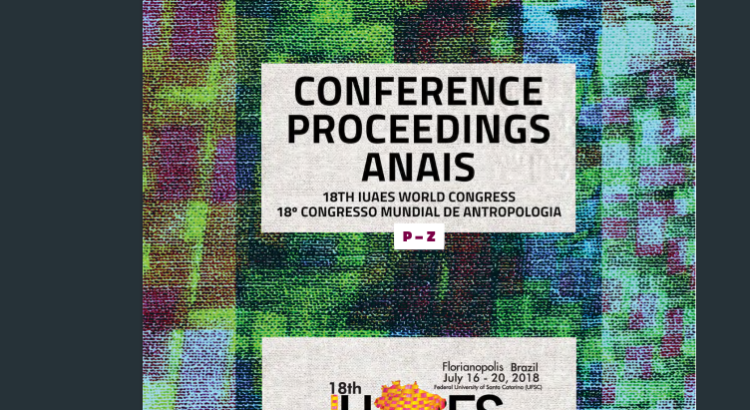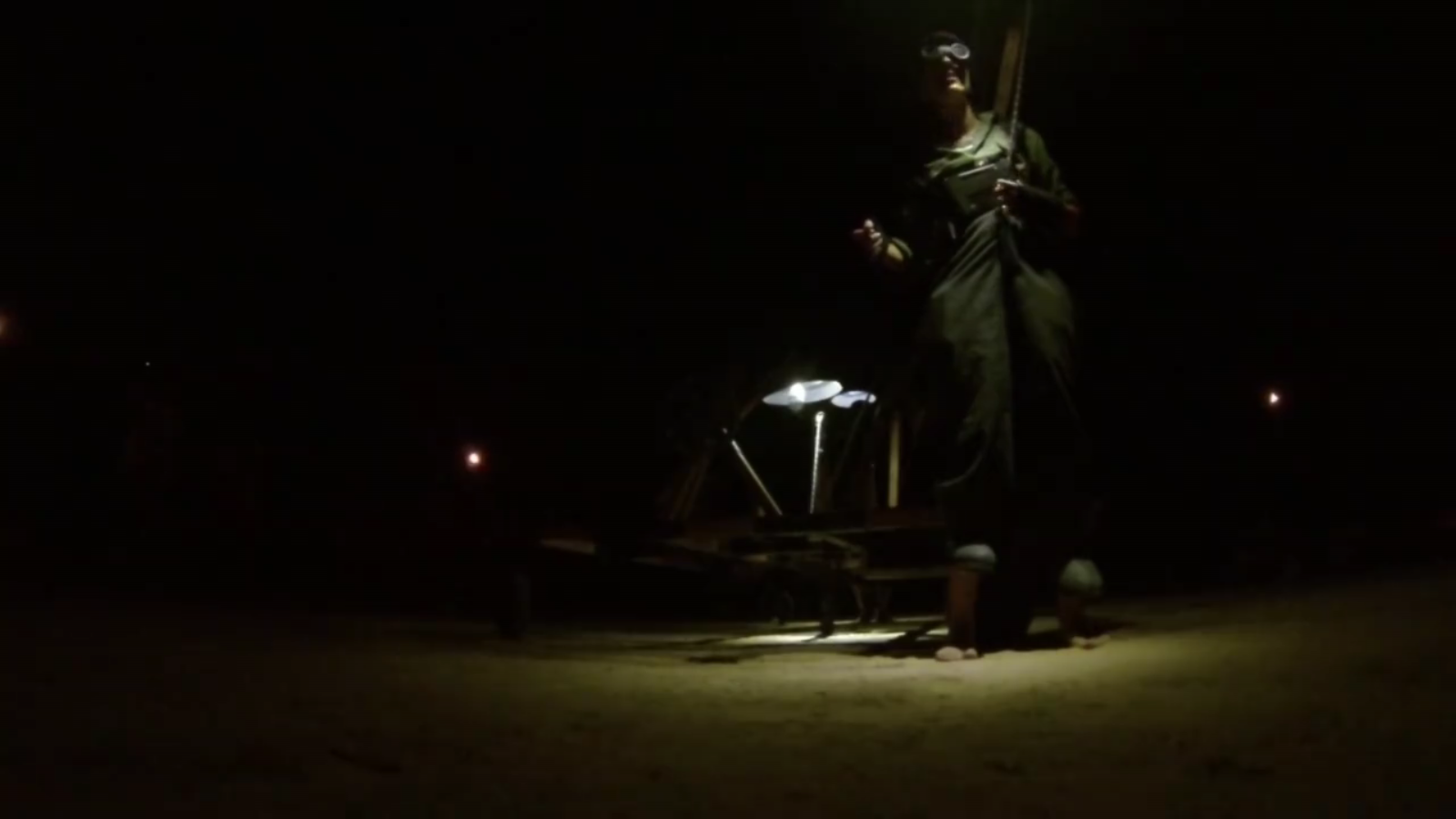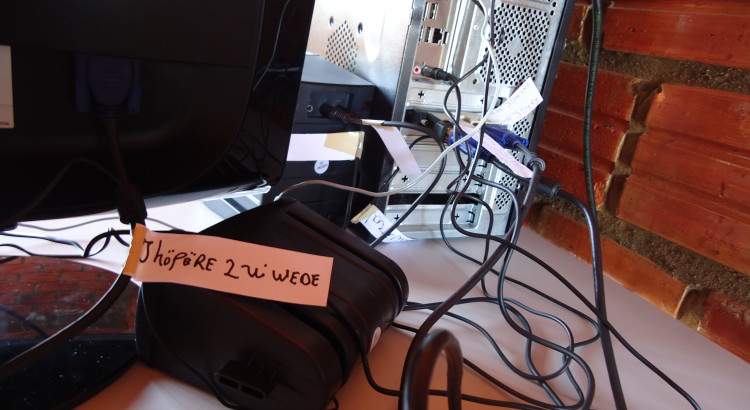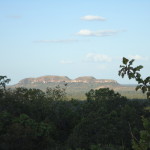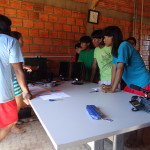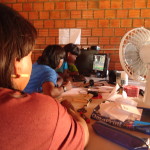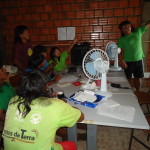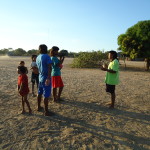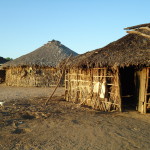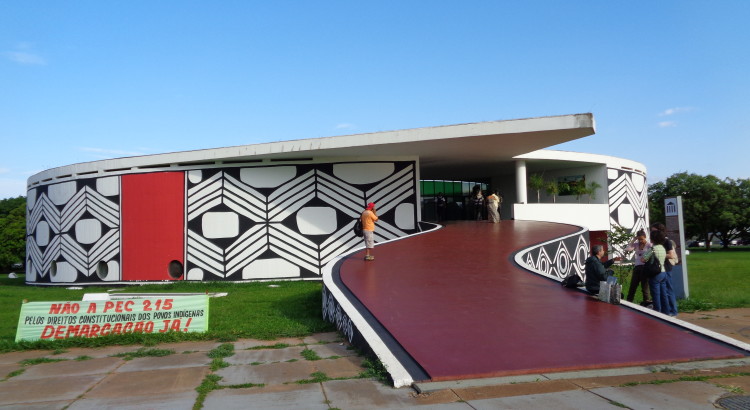Por Aline Yuri Hasegawa, Victor Kinjo e Eduardo Colombo
Sinopse do artigo:
Breve avaliação sobre o contexto de produção artística e cultural no contexto da pandemia COVID-19, trazendo o corpo e as relações com as tecnologias de informação e comunicação como eixo de análise.
Originalmente publicado em:
Diálogos urgentes em tempos de incerteza e múltiplas crises. [recurso eletrônico] or ganização Pedro Roberto Jacobi; Rafael de Araujo Arosa Monteiro; Vivian Blaso; Sandra Regina Mota Ortiz.—São Paulo : IEE-USP, 2022.211p: il. 30cm.
ISBN 978-65-88109-10-6
DOI 10.11606/9786588109106
http://www.livrosabertos.sibi.usp.br/portaldelivrosUSP/catalog/view/783/697/2584





